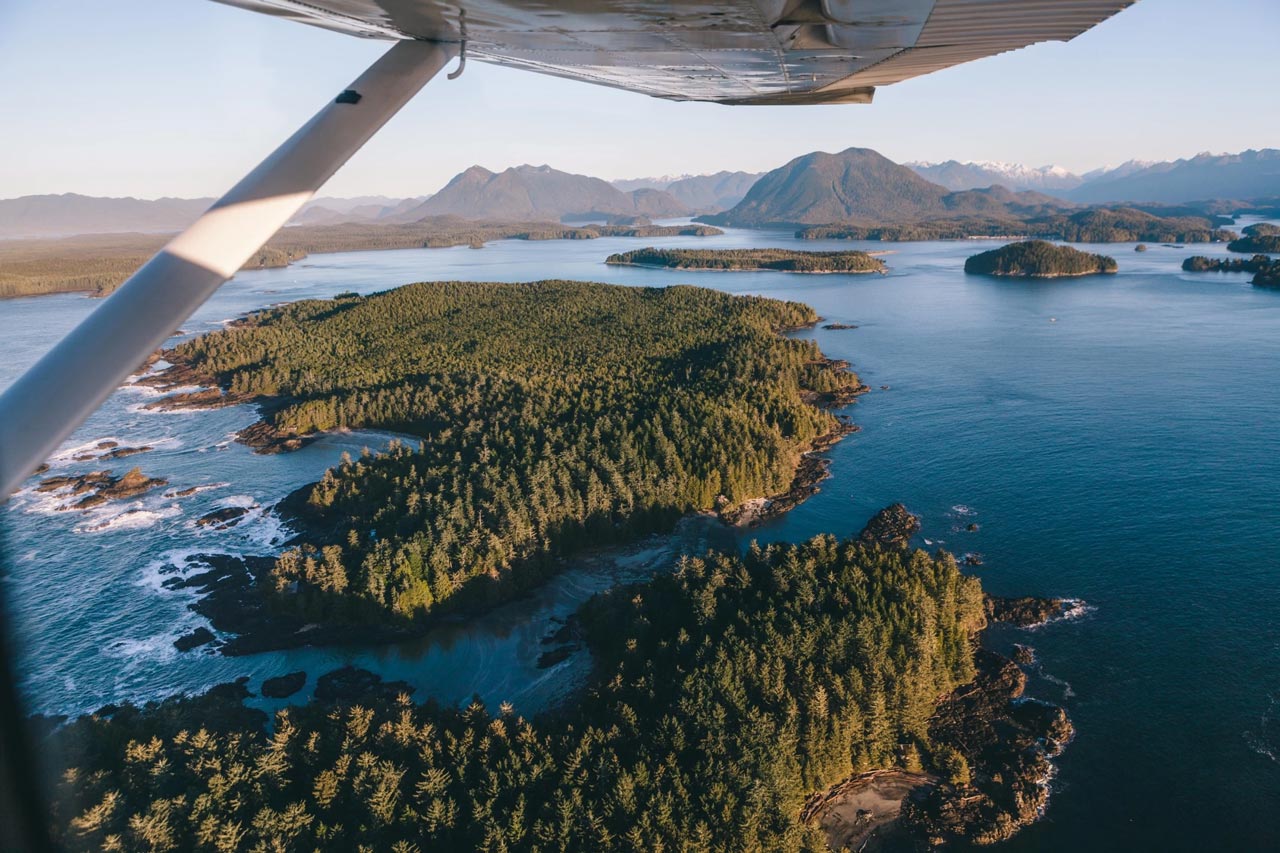
Top 5 Most Scenic Flights in North America
Photo of Clayoquot Sound by Jordan Giesbrecht courtesy of Tourism Tofino. Scenic Flights in North America offer more than just impressive views — they offer
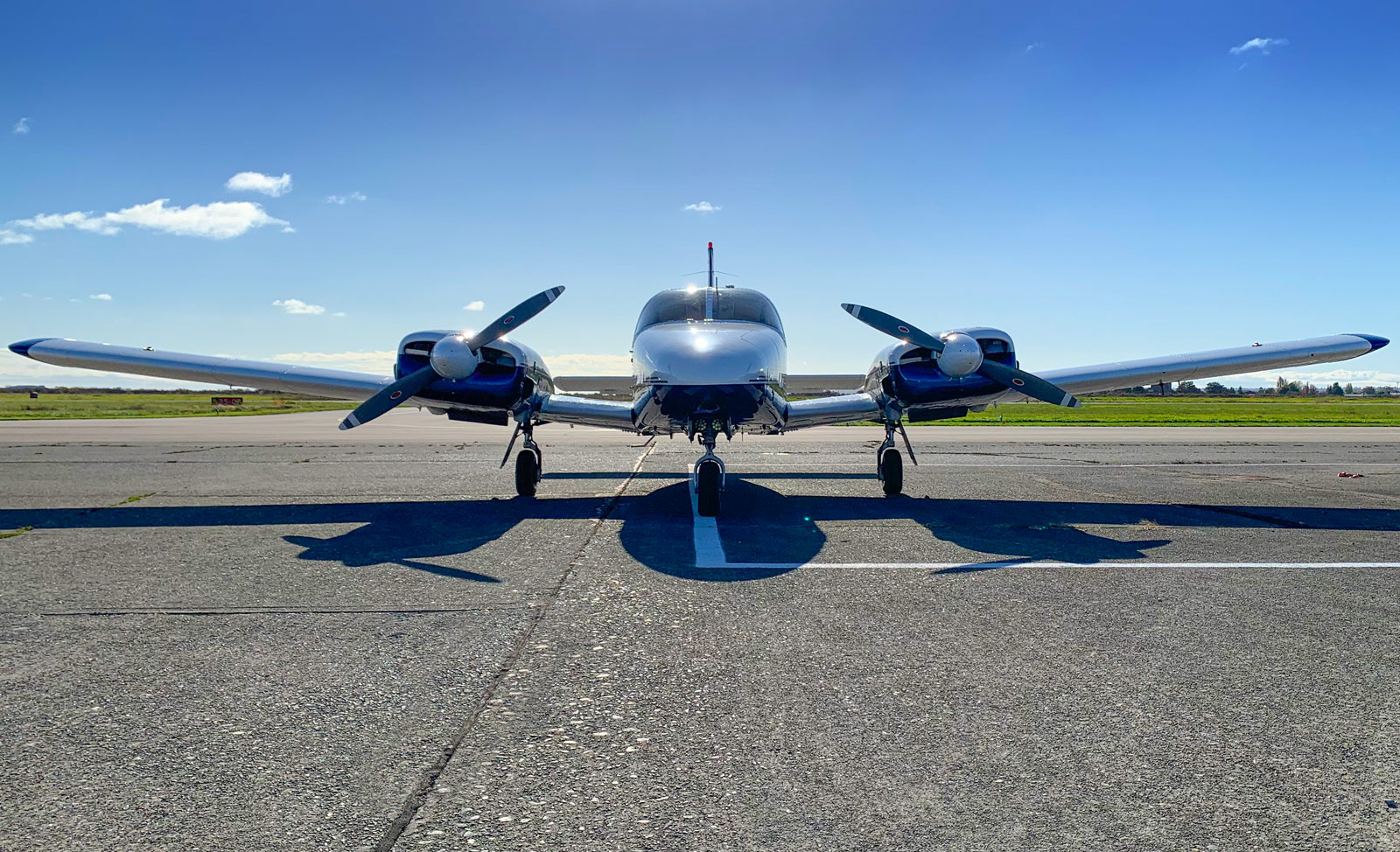
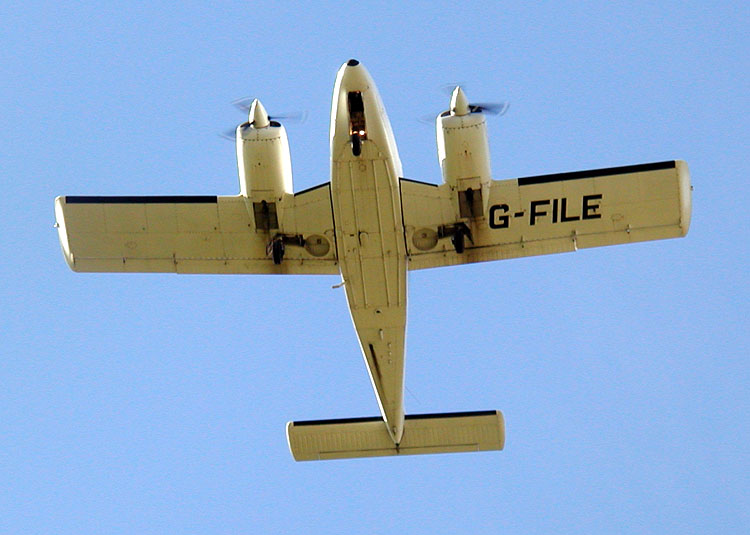
The Piper PA-34-200T Seneca II was introduced as a 1975 model in response to complaints regarding the handling of its predecessor, the PA-34. This aircraft was certified by the Federal Aviation Administration on 18 July 1974, and released for public sale in 1975. The new aircraft incorporated altered controls to the aircraft, including enlarged and balanced ailerons, a rudder anti-servo tab, and a stabilator bobweight.
The Seneca II also introduced optional “club seating” interchangeable to the front seats of two inward-facing seats and the tail seats of two forward-opening seats, offering passengers more room to stretch out. The Seneca II totaled 2,588 units.
The PA-34-220T Seneca III was first certified in 1981. Engine modifications reflected a change in the model designation, featuring the Continental TSIO-360-KB engine, rated at 220 hp (165 kW) for five minutes and then dropping to 200 hp (149 kW).
The airplane also included a one-piece cockpit glass panel and a bare metal instrument panel in place of one that was covered with a detachable plastic coating.
In 1994, the “New” Piper Aircraft company introduced the Seneca IV, having received FAA certification in November 1993. This model was similar to the Seneca III offering improvements, such as a streamlined engine cowl for greater efficiency.
Certified in December 1996, the Seneca V was produced as a 1997 model year. Numerous cockpit switches were taken from the control panel and connected to the overhead headliner and again the cowls were redesigned for increased performance.
Click the link to our resource for much more information: Wikipedia Piper PA-34 Seneca

Photo of Clayoquot Sound by Jordan Giesbrecht courtesy of Tourism Tofino. Scenic Flights in North America offer more than just impressive views — they offer
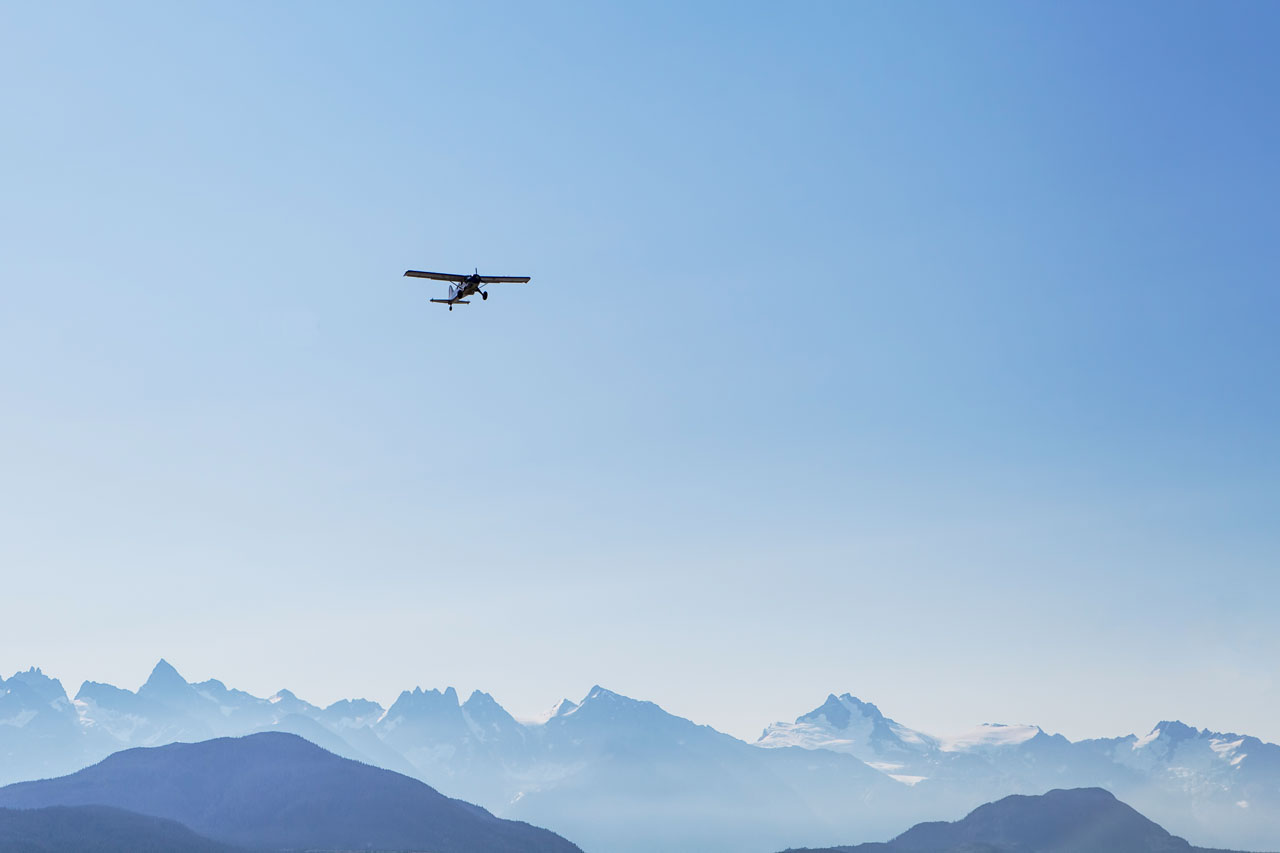
You lift off from a small airport, climb above the trees, and head toward the mountains. Below, rivers wind through thick forests, and narrow gravel
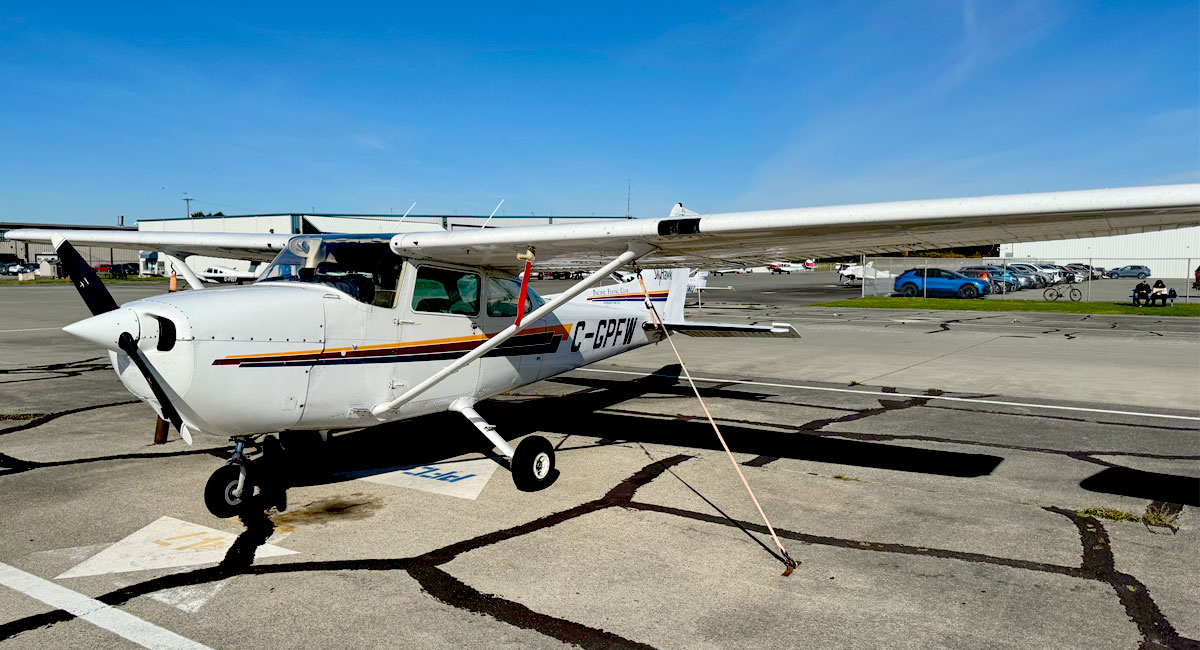

Historical Background Boundary Bay Airport was constructed in 1941 as part of the British Commonwealth Air Training Plan, one of the largest aviation training programs

Who Are Canadian Snowbirds? Officially known as the Canadian Forces Snowbirds (431 Air Demonstration Squadron), they’re more than just an air show attraction. The Snowbirds

At Pacific Flying Club, our simulator program is fully integrated, from Private Pilot (PPL) instrument training all the way through to complex Multi-Engine (ME) and